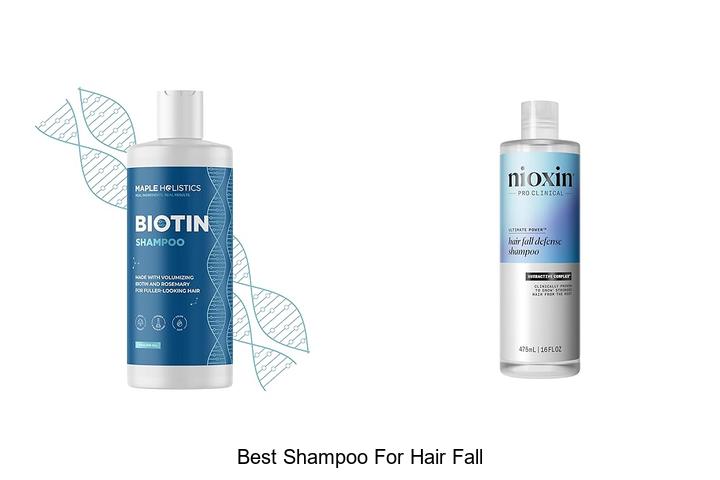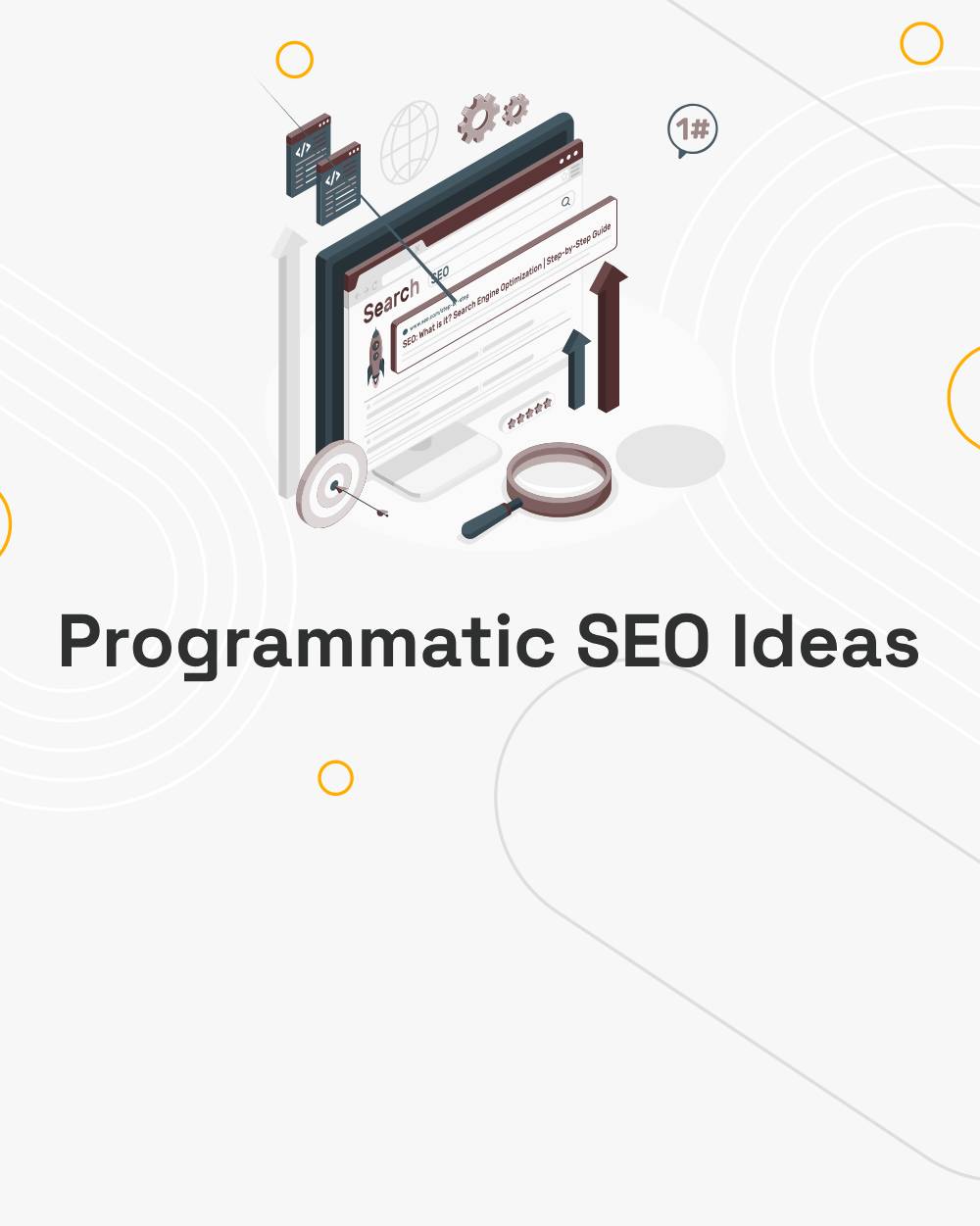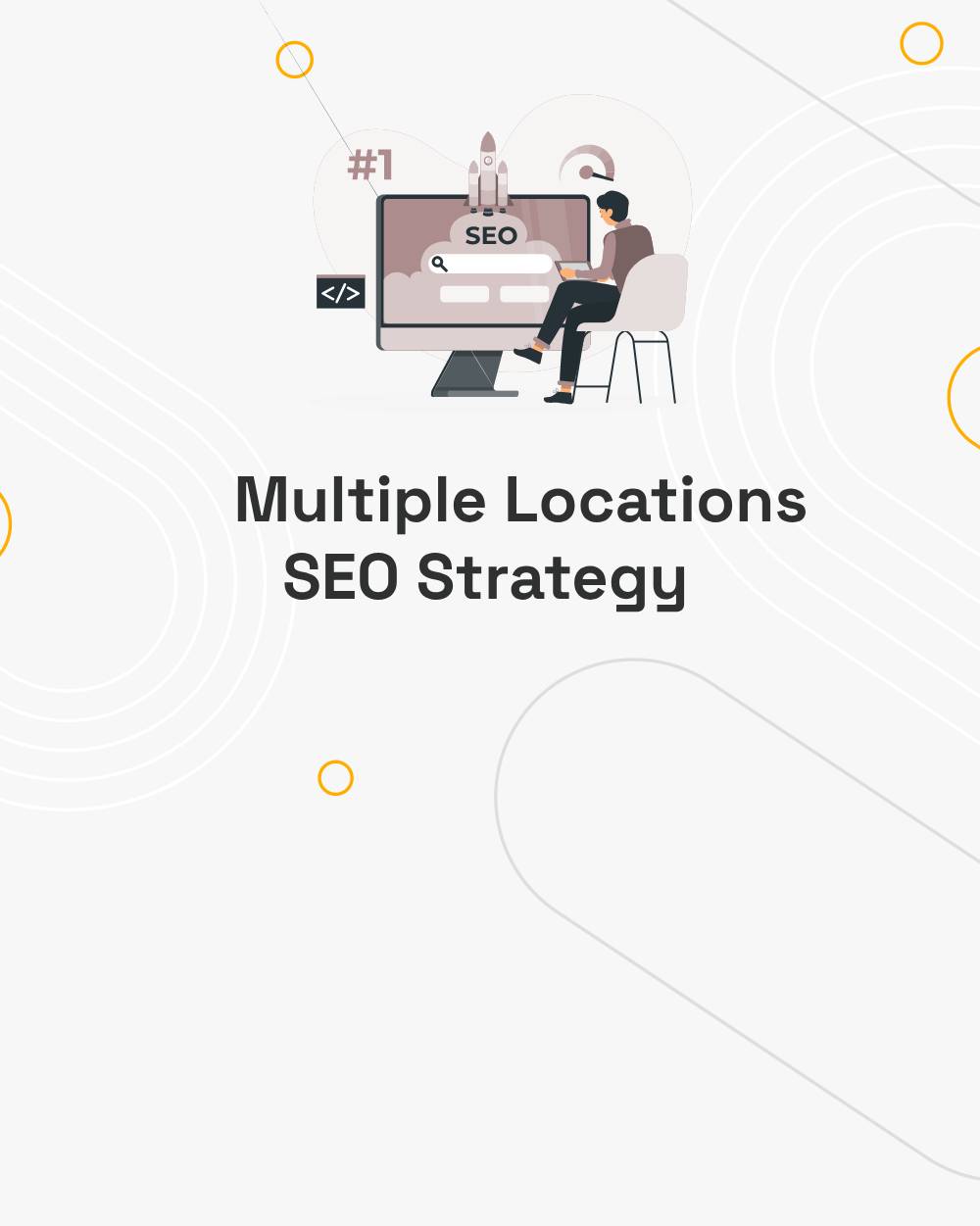SEO Strategy for a New Website in 2025: A Comprehensive Guide
- Kaisar Hamid
- 0 Comments
Search Engine Optimization (SEO) continues to evolve, and as we step into 2025, it brings forth both challenges and opportunities for new websites. With the digital landscape becoming increasingly competitive, a robust SEO strategy is indispensable for gaining visibility and attracting the right audience. In this comprehensive guide, we will walk you through the essential steps to build an effective SEO foundation in 2025, ensuring your website not only ranks but thrives in search engine results.
Foundational SEO Concepts
SEO is far from dead; it has simply transformed. Today, successful SEO revolves around user-centricity—creating content that is engaging, trustworthy, and answers the user’s search intent. To stay competitive, it’s crucial to adapt to algorithm updates and prioritize three core pillars of SEO:
- User Experience (UX): Websites should be intuitive and provide seamless navigation.
- Valuable Content: Content must offer genuine value, addressing the needs and queries of your audience.
- Brand Reputation: Building trust and authority within your niche is essential.
SEO Strategy for a New Website
Keyword Research: The Starting Point
Keywords are the foundation of any SEO strategy. They guide the content and structure of your website, helping you attract the right audience. For a new site, finding the best keywords involves:
- High Search Volume: Focus on keywords with significant search demand.
- Search Intent Alignment: Target terms that match what users are looking for.
- Low Competition: Choose keywords where it’s easier to compete.
How to Find Keywords
- Long-tail Keywords: These specific phrases have lower competition and attract highly targeted traffic.
- Tools: Leverage tools like Semrush, Backlinko’s free keyword generator, and Ubersuggest to uncover potential keywords.
- Google Suggest: Type queries into Google and analyze its autocomplete suggestions.
- Competitor Research: Study competitors’ keywords using tools to gain insights.
Start by compiling a list of 10 primary keywords and build your content strategy around them.
On-Page SEO: Optimizing Your Website
Effective on-page SEO ensures that each element of your webpage aligns with target keywords. Key areas to focus on include:
- Page URL: Incorporate the primary keyword.
- Title Tag: Create compelling titles within 60 characters.
- Meta Description: Write engaging descriptions within 155 characters.
- Headings: Structure content with H1-H4 headings.
- Body Content: Naturally weave keywords throughout the text.
- Images: Optimize filenames and alt texts for SEO.
- Video Transcripts: If applicable, include transcripts to enhance accessibility.
Internal Linking Strategies
Use internal links to create a clear hierarchy, directing users and search engines to important pages. Topic clusters—grouping content around core themes—enhance site structure and improve navigation. Employ navigation bars, footers, and breadcrumbs to ensure users can find information within three clicks.
Content Creation Strategy: Quality Over Quantity
Content remains king, but the focus in 2025 is on value-driven content. Your content must provide unique insights, original research, or fresh perspectives. While AI tools can assist, it’s important to maintain a human touch by:
- Ideating Creative Angles: Use AI to brainstorm unique content ideas.
- Ensuring Clarity: Refine grammar and structure with AI support.
- Building E-E-A-T: Demonstrate experience, expertise, authoritativeness, and trustworthiness by collaborating with industry experts and citing credible sources.
Frequent publishing establishes topical authority, while avoiding duplication ensures search engines value your contributions.
Technical SEO: Site Speed, Mobile-Friendliness, and Security
Technical SEO is the backbone of a healthy website. To optimize your site:
- Site Speed: Use tools like Google’s PageSpeed Insights to identify slow-loading elements and apply fixes such as image compression, caching, and lazy loading.
- Mobile-Friendliness: Design a responsive site using next-gen image formats and ensuring clickable elements are user-friendly.
- Security: Secure your site with HTTPS by implementing SSL certificates and redirecting HTTP URLs. Avoid intrusive interstitials that disrupt user experience.
Link Building and Off-Page SEO
Backlinks remain a critical factor for ranking high in search results. Build authoritative links by:
- Creating Linkable Content: Publish guides, research, and infographics that attract organic links.
- Broken Link Building: Identify broken links on authoritative sites and offer your content as a replacement.
- Competitor Analysis: Find link opportunities by analyzing competitor backlinks.
- Social Media Engagement: Share content to generate brand mentions and traffic.
Additionally, collaborate with influencers, syndicate content, and leverage reviews to enhance your off-page SEO effortsAdapting to Emerging Trends
Stay ahead by embracing trends like:
- Search Generative Experience (SGE): Structure content with bullet points, infographics, and comprehensive answers.
- Zero-Click Searches: Optimize for featured snippets and diversify traffic sources to reduce dependency on Google.
Local SEO (Content Gap)
If your business operates locally, optimize for local search by:
- Google Business Profile: Keep it updated with accurate information.
- NAP Consistency: Ensure your name, address, and phone details match across platforms.
- Localized Content: Create blogs and pages tailored to your area.
Content Promotion (Content Gap)
Promotion amplifies your SEO efforts. Effective strategies include:
- Social Media: Share posts to reach a wider audience.
- Email Campaigns: Engage subscribers with newsletters.
- Influencer Collaborations: Partner with industry leaders.
- Content Syndication: Repurpose blogs into videos or infographics to extend reach.
Measuring SEO Success (Content Gap)
Track your progress with key metrics:
- Organic Traffic: Monitor growth via Google Analytics.
- Keyword Rankings: Track position changes for target keywords.
- Backlinks: Analyze growth in referring domains.
- Engagement Metrics: Observe bounce rates and session durations.
- Conversions: Measure the impact on sales or lead generation.
Adjust your strategy based on data insights for continuous improvement.
Balancing SEO with User Experience (Content Gap)
A seamless user experience complements SEO. Prioritize:
- Ease of Navigation: Intuitive menus and logical page structures.
- Engaging Design: Visually appealing layouts that encourage interaction.
- Avoid Over-Optimization: Ensure pages don’t feel overly stuffed with keywords.
Tool Selection (Content Gap)
Select tools tailored to your needs. For small businesses, affordable options include:
- Keyword Research: Ubersuggest, Google Keyword Planner.
- Audits: Semrush, Screaming Frog.
- Link Building: Ahrefs, Moz.
Compare features and choose based on your goals and budget.
Conclusion
Building a successful SEO strategy for 2025 requires adaptability and a focus on delivering exceptional value. By implementing these foundational practices, monitoring trends, and balancing technical optimization with user experience, you can ensure long-term growth for your new website. SEO is a marathon, not a sprint—start today and stay committed to see lasting results.




